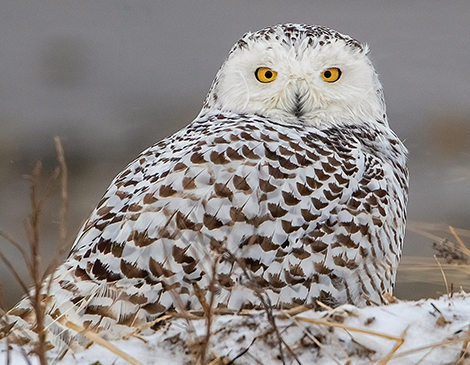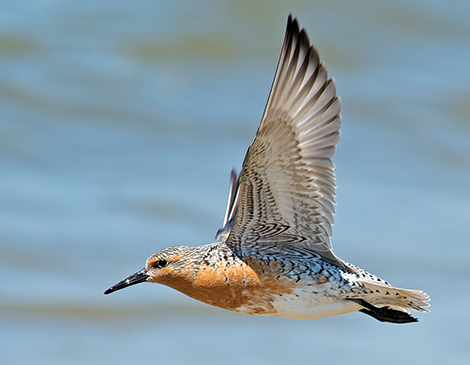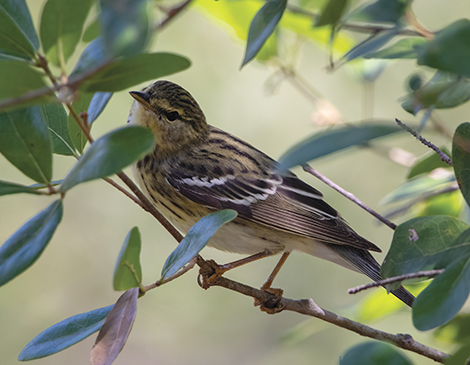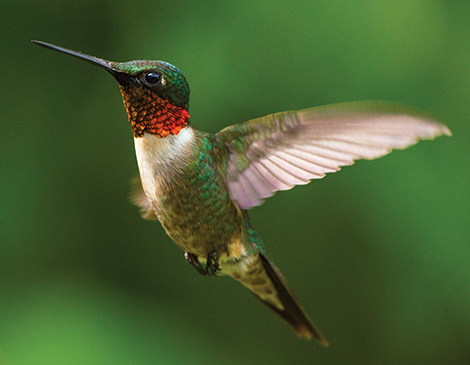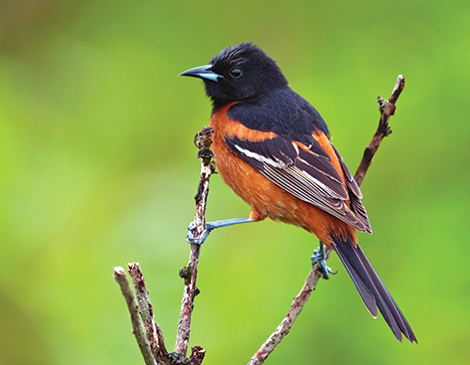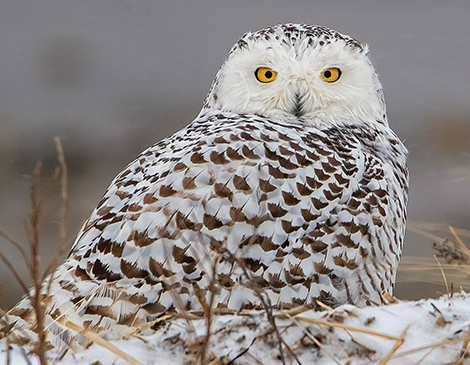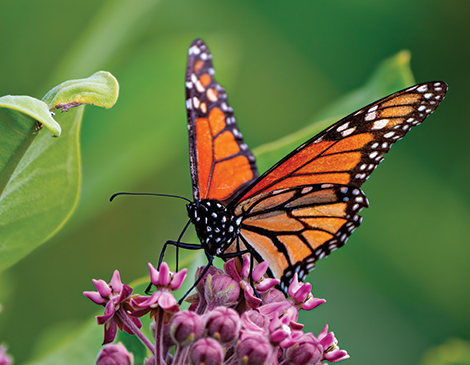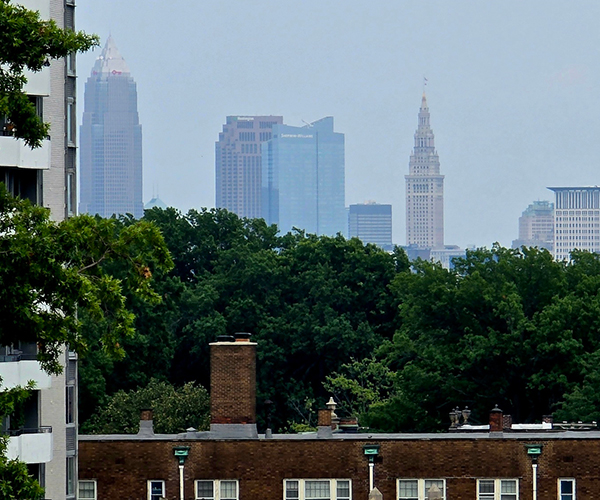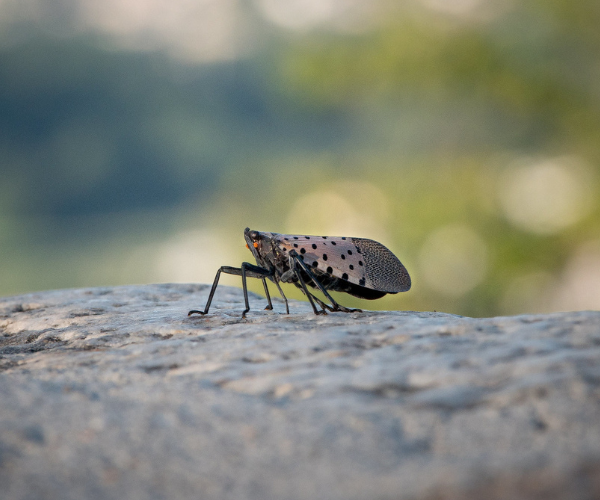Like clockwork, some birds and insects travel through Northeast Ohio while on grand journeys for their warmer winter homes. Jim Tomko, the president of the Audubon Society of Greater Cleveland, has witnessed many of his favorite birds move through the region — a treat in the world of birdwatching.
“You think about these little, tiny, fragile things flying thousands of miles with all the obstacles and predators and weather to go through,” Tomko says. “It's just astounding that they're so able to find this place where they need the winter, it's the same place as last year, and then come back through all those same barriers and find a place for the summer where they nest the year before.”
RELATED: Bald Eagles are a Symbol of Ohio's Conservation Success
Tomko shares some of his favorite migrating birds to see in Northeast Ohio. Plus, an eye-catching butterfly.
Red Knot
Migration mileage: 19,000 miles
These shorebirds make one of the longest journeys of any migrating bird, moving from their Canadian nests to shores south of the equator. “Every once in a while, there’s a red knot or a group of red knots here or there, and usually it’s in Lake Erie marshes,” says Jim Tomko, the president of the Audubon Society of Greater Cleveland.
Blackpoll Warbler
Migration mileage: 13,000 miles
“Like little colored jewels,” Tomko says warblers are highly sought-after by Ohio birdwatchers. The blackpoll warbler, with
a black cap pattern, travels 1,800 miles over open ocean in its annual migration.
Ruby-Throated Hummingbird
Migration mileage: 4,000 miles
At just the weight of a penny (one-tenth of an ounce), these tiny birds cross the Gulf of Mexico every year. “They’re the only hummingbird we have native to this part of the country,” Tomko says. “Most of them leave the U.S. for their winter.”
Orchard Oriole
Migration mileage: 6,000 miles
More muted than the Baltimore oriole, these orioles briefly come to Northeast Ohio’s suburban brush. “They’re here in the summer, but they’re really not, because they’re only here for about two or three months,” Tomko says. “It’s one of the shortest stays I know of any songbird in this area.”
Snowy Owl
Migration mileage: 6,000 miles
Snowy owls appear from November to February and are active at all times of day. That reflects their lives in the Arctic, with periods of 24-hour darkness or sunlight depending on the time of year. “They don’t care if it’s light or dark,” Tomko says. “They’re an easy owl to see during the daytime because of the fact that light doesn’t bother them.”
RELATED: Seeking the Snowy Owl on Lake Erie’s Winter Shores
Monarch Butterfly
Migration mileage: 2,500 miles
Predictably fluttering through Cleveland each September, the monarch butterfly relies on plants like milkweed to lay eggs for future generations to continue its migration path. “They’re such delicate insects, and they migrate all the way from Canada to Mexico,” Tomko says. “That’s just astounding.”
RELATED: How to Make an Environmental Difference in Your Own Cleveland Backyard
For more updates about Cleveland, sign up for our Cleveland Magazine Daily newsletter, delivered to your inbox six times a week.
Cleveland Magazine is also available in print, publishing 12 times a year with immersive features, helpful guides and beautiful photography and design.

